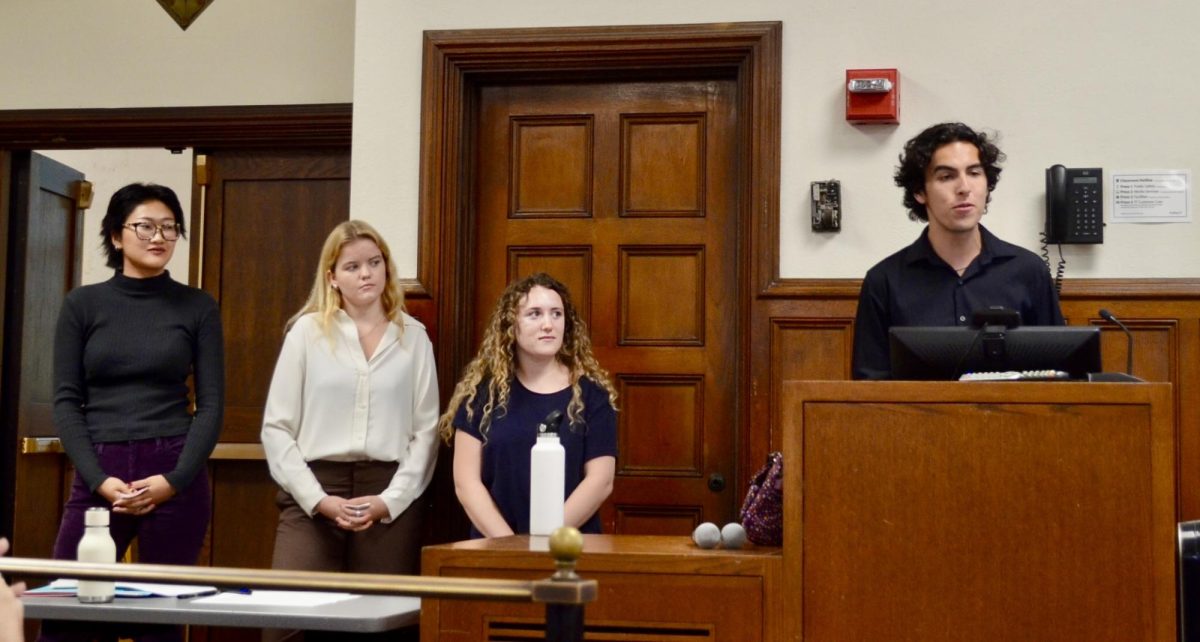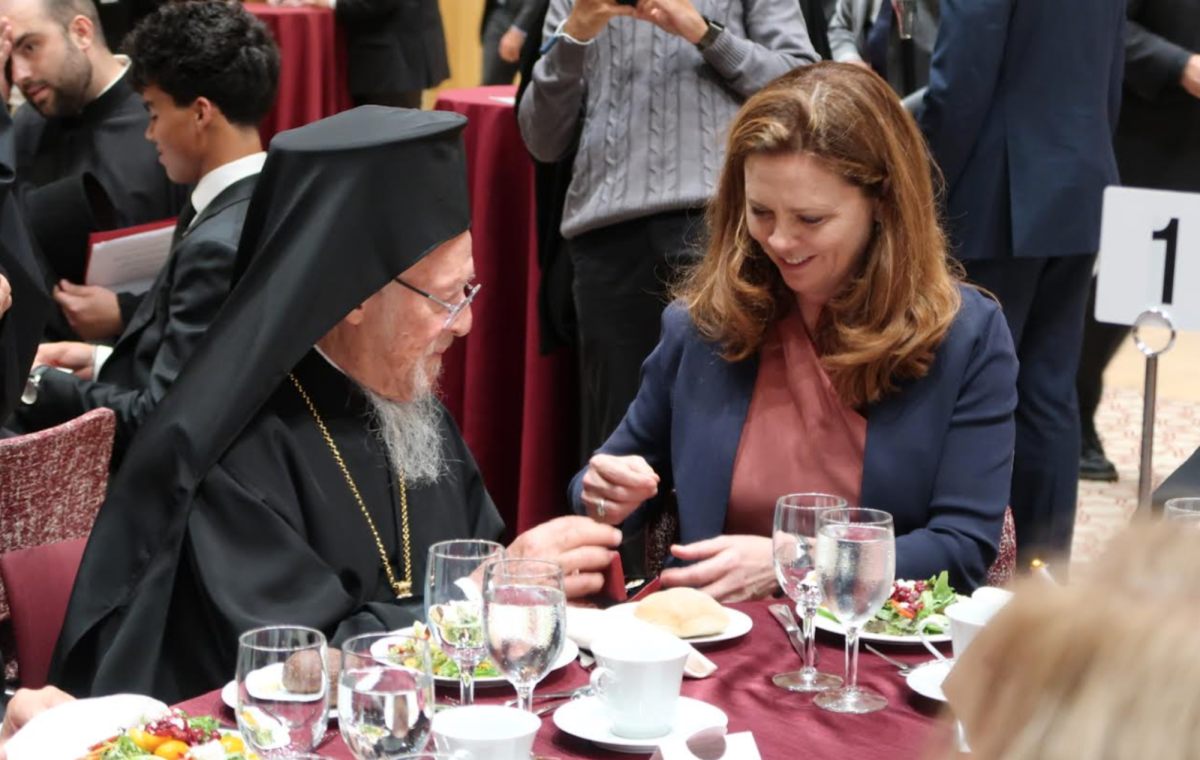Correction: A previous version of this article explained that members are nominated by Fordham faculty and have the opportunity to become full members in May. The updated version reflects that departments, rather than faculty, nominate students, and no further induction happens in May.
By Julia Rist

Fordham’s chapter of the scientific research honor society Sigma Xi inducted 103 new members to its ranks this Monday. The ceremony in Bepler Commons saw new members meet and hear lectures from those in the science research community.
Sigma Xi draws student researchers from a number of scientific disciplines including biology, chemistry, computer science, economics, mathematics, physics, psychology and sociology. Sigma Xi is the world’s largest multidisciplinary honor society for scientists and engineers, according to its website.
In November of 2017, the national society recognized the Fordham chapter for its high number of initiations. The chapter received a ‘most initiations’ nod on the society’s site page for awards. The organization’s Committee on Qualifications and Membership based the awards on the 2018 fiscal year reports and evaluations from the society’s regional and constituency directors, according to its website.
Fordham’s chapter held its induction ceremony on April 9. The newest members of Sigma Xi enjoyed a dinner and listened to a lecture by Dr. Christopher Koenigsmann, a Fordham chemistry professor. Koenigsman gave his lecture on his most recent research project titled “Bigger Isn’t Always Better: Tuning the Size, Composition and Structure of Nanostructured, Precious Metal Electrocatalysts for Enhanced Performance in Fuel Cells and Glucose Sensors.”
Carla Romney, associate dean for STEM and pre-health education, said that gaining admission to Sigma Xi is something to be proud of.
“[Sigma Xi] spans a broad array of disciplines, and it really is the single highest honor in this field,” Romney said.
Daniel Arroyo, FCRH ’18, conducted genetic studies into Domitian syndromes. He looked at how specific Domitian symptoms like facial and cardiovascular malformations affect newborn infants. Arroyo said he was excited when he found out he was being inducted into Sigma Xi.
“It’s pretty cool to be able to get recognized for what you did,” Arroyo said.
Eryk Kropiwnicki, FCRH ’18, agreed with Arroyo. Kropiwnicki worked in an ecology lab to study compensatory flowering in specific plants. Kropiwnicki said that his study involved going to the Calder Center to look at the flowers periodically to see if the environment was changing their reproductive behavior.
“Essentially what we did is we plucked off flowers at specific intervals, and they varied per group,” Kropiwnicki said. “What we wanted to see was how the flowers would compensate for other parameters of growth and if that would affect their reproduction.”
Joeseph Gross, FCRH ’18, also worked at the Fordham’s Calder Center in New York. His research was centered on ticks. While conducting his research, he helped the New York State Tick Surveillance Program further its study. His main research focused on checking the effectiveness of tick repellents.
Carla Romney said that Sigma Xi’s success can be directly attributed to the high level of research Fordham undergraduates are conducting each and every day.
“We’re honestly great across the board,” Romney said. “There are students here in psychology, biology, sociology. You name it and they’re here.”
Many of the recent inductees will present their research at Fordham’s Undergraduate Research Symposium on April 11.







































































































































































































